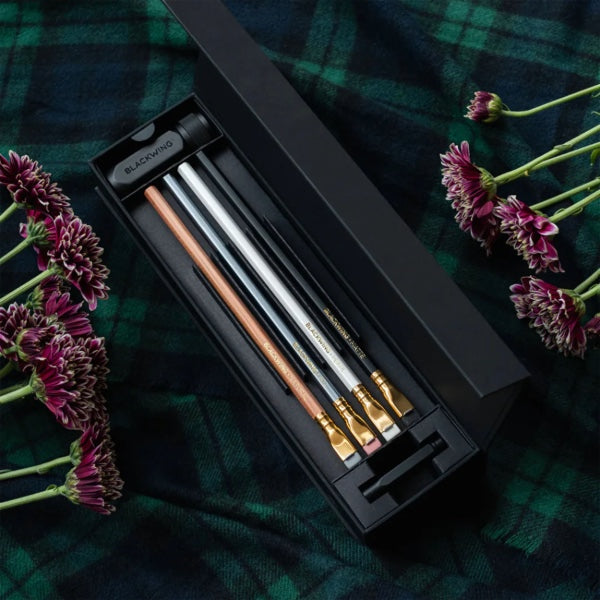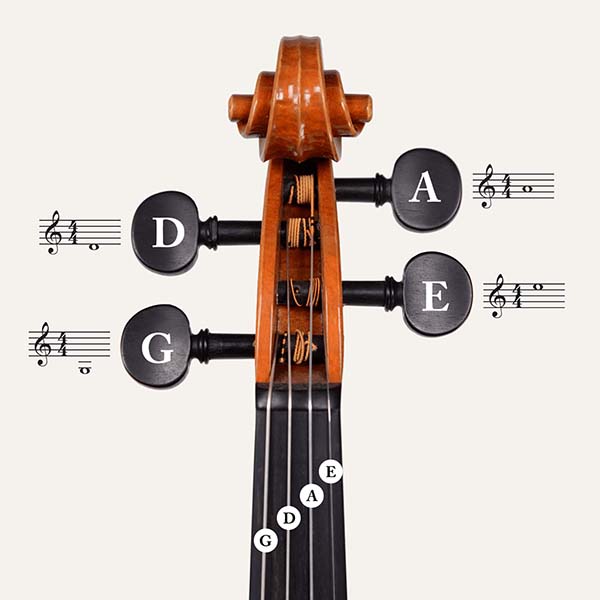Beginning students learning to play the violin often wonder, "When will I get to learn that wiggly finger thing that those famous violinists do?" It's called vibrato, and being drawn to it is understandable.
Almost every musician employs the use of it to add more beauty and expression to their playing.
For violinists, we look forward to knowing how to do vibrato. However, if we want to learn it well, 1) make sure a good teacher guides us in the process, and 2) avoid these top 10 violin vibrato mistakes.

1. Improper Setup
You need a proper set-up to play your violin most comfortably and efficiently. That's why Fiddlershop puts instruments through the 10-point inspection process. A violin that is easy to play will also mean learning new techniques quicker and without discomfort.
Also, take into consideration chin and shoulder rest. As we learn to play our instruments, we might discover a center chin rest is better than the regularly positioned one. You might also decide to change, upgrade or entirely go without a shoulder rest based on your anatomy.
2. Improper Posture
Along the same lines as our set up, we need to ensure our posture facilitates executing a vibrato with ease and comfort.
- Fix your elbow if extended too far away from the body.
- Make sure you're holding your violin parallel to the floor, not tilting it sideways.
- Be sure your shoulders are not hunched over or constricted.
- Stand erect with feet firmly on the ground.
- Identify tension and adjust accordingly.
3. Overpressing the Fingers
Pressing your fingers down too hard on the fingerboard restricts motion, creates tension, and decreases dexterity.
Find a balance of just the right pressure to apply to each note to get the sound and vibration you want.
4. Squeezing the Violin
Squeezing the neck of the violin with your thumb and index finger will result in restricted movement and tension. Not only does it make vibrato impossible, but also shifting up and down the fingerboard.
Always relax the left hand in any movement.
5. Locked and Tight Knuckle Joints
Students often lock up their knuckle joints while vibrating. Each knuckle should move freely and flexibly to produce a broader and more varied vibrato. Of course, relaxation and ease is the key to avoiding injury and joint pain.
6. Moving the Hand in the Wrong Direction
The proper movement of the hand is back and forth. Or, in other words, back toward the scroll and then forward to the original pitch of the note.
Twisting the hand side to side, up and down, or any combination of these movements is not the best way to achieve vibrato.
7. Improper Left Hand Position
A beautiful vibrato will only occur if the hand provides the best position for free movement.
The base of the hand must stand vertically below the neck, not horizontal as if holding a pizza or pie.
The hand must turn inward enough so all fingers can reach their destination. For example, a hand extended too far away from the fingerboard will make it nearly impossible for shorter fingers such as the fourth finger to hit the correct notes.
8. Watch Out for That Thumb
Beware of the left-hand thumb; it must rest in an area on the neck, allowing the rest of the fingers to hover above the fingerboard.
9. Vibrating Above the Pitch
The best oscillation for vibrato is on the pitch and then flatten it. Therefore, you play in tune, and then move the hand back to make the note slightly flat.
If you move forward or above the in-tune note, you are playing the pitch too sharp which creates a not-so-pleasant vibrato to listen to.
Remember, on the pitch, back, and then up to the original note again.
10. Neglecting Fingers
In our excitement, we will focus on the strongest fingers because they will produce a beautiful, vibrant vibrato; it's very tempting to neglect weaker fingers such as the fourth one.
Give each finger equal attention in all positions on the fingerboard. You will be proud you did this later when playing more complex repertoire.








1 comment
Hill
10. I had such a weird experience with this. When I first did vibrato, it was on a fourth finger D in first position. My 4th finger vibrato is still my best in first position.
10. I had such a weird experience with this. When I first did vibrato, it was on a fourth finger D in first position. My 4th finger vibrato is still my best in first position.